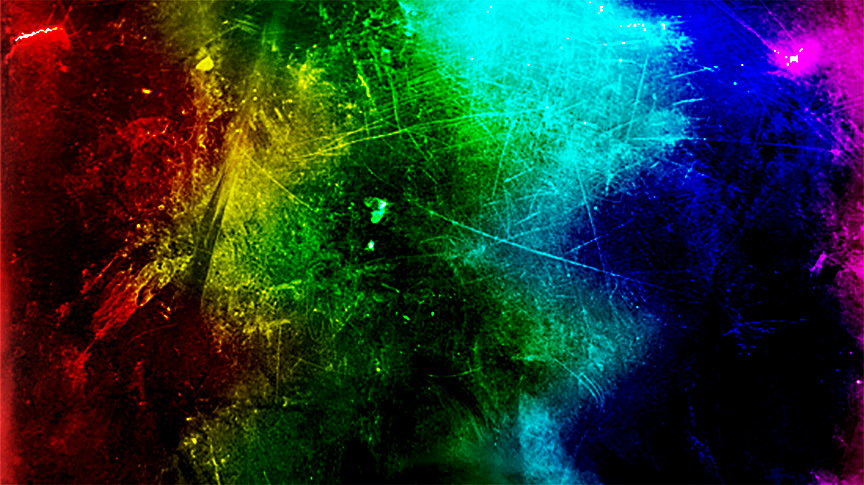It’s beyond the human senses to not associate things or emotions with color. Even from the time we are born, parents are excited to paint the nursery a particular sentimental shade. But what sentiments lie beyond colors that draw us to them? From personal attachment, to therapeutic uses, to corporate marketing, colors have an important psychological role in how we feel.
Red brings forth intensity and passion. When else do we see the fiery color of love more than Valentine’s Day, when energies between partners are high? Red is the hue of confidence, as it tends to draw the eye and grab attention (which is also why important traffic signs are red). Many countries use the color red in their flags because it exudes pride and strength in their nation. Being around too much red can irritate us, but some cultures like China use it for good luck. If you tend to be shy or lack will-power, try wearing red and see how your personal drive and confidence increase.
Social communication and optimism are associated with the color orange, and it also relates to the phrase “go with your gut” due to the Karmic chakra alignment in meditation practices. This shade brings us emotional strength when we go through hard times like depression and grief. Use orange in your art when you want to evoke a sense of adventure or invitation to new happiness. As a warning, though, bright colors like orange tend to stimulate your appetite and make you eat more – so don’t rush to paint your kitchen that shade of tangerine you wanted!
Yellow has powerful psychological effects, as it is the color that represents intellect and optimism. It often symbolizes hope, fun, and enthusiasm for life. Yellow also helps with decision-making as it is the color of clarity, so keep a lot of sunflowers and buttercups around when you study for exams! Too much of it, though, can cause irritation and provoke anxiety. If you have trouble tolerating yellow, you might be going through a hard time. But soon it shall pass, and this shade will give you new hope, especially if you put it with a soft shade of green or goldenrod orange.
Green is the color of growth and nature, and a connection to the heart. There’s a reason that the phrase it “down to earth” when a painting uses a lot of green. This color brings balance and harmony both to art and the personal life. It promotes abundance and prosperity, so keep a green charm on you if you want some extra cash to flow your way. Be careful, though, because it can also represent greed and envy.
Blue, the shade of trust and responsibility brings calmness to art. Tranquil rolling ocean waves, a nighttime sky, or a secret lagoon use so many shades of blue that blend together so well. Use lighter shades of blue for more feelings of freedom and liberation, and darker for more serenity and power. It is the color of nostalgia and used to evoke childhood memories and safety, and it brings a spiritual perspective on artwork.
Last on the rainbow, but far from least important, is purple: the color of imagination and wonderment. This helps us become more introspective, and evokes spiritual fulfillment and the meanings of life. Purple is the color associated closest to the human soul. Wear purple to stand out, and paint with it when you brainstorm to bring inspiration and original ideas.
These are just the basic colors of the rainbow, barely scratching the surface of how color plays a role in our lives. Other important colors range from turquoise, to magenta, brown, silver, gold, and classic black and white. I will discuss these and their roles within life and art at a later time. For now, enjoy playing with colors of the rainbow spectrum.
Ora Sorensen (orasorensen.com) was born in New York but grew up overseas in such countries as Libya, Turkey, Iran, Holland and Thailand. Her paintings are collected worldwide and have been shown in numerous exhibitions.





[…] have once before discussed how important of a role colors play in everyday human lives. Our visual memory makes us connect sentiment to various hues. But there are so many more colors […]
Comments are closed.